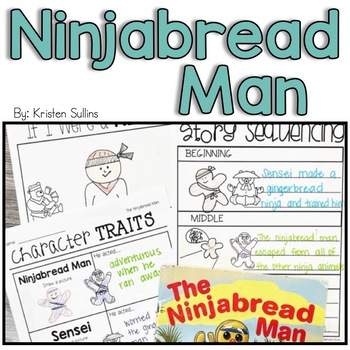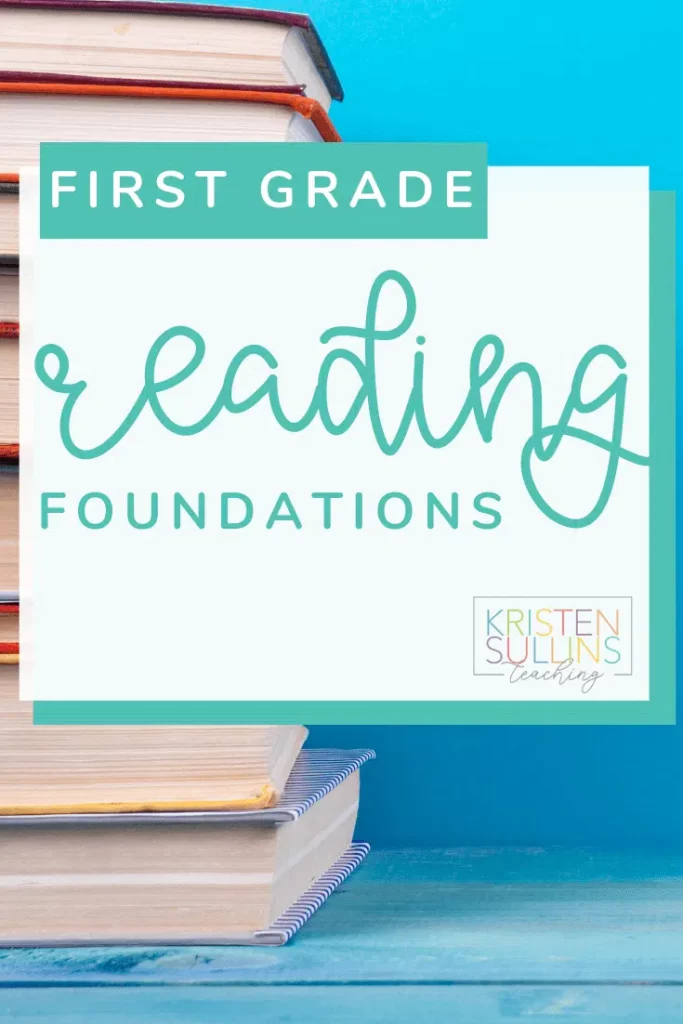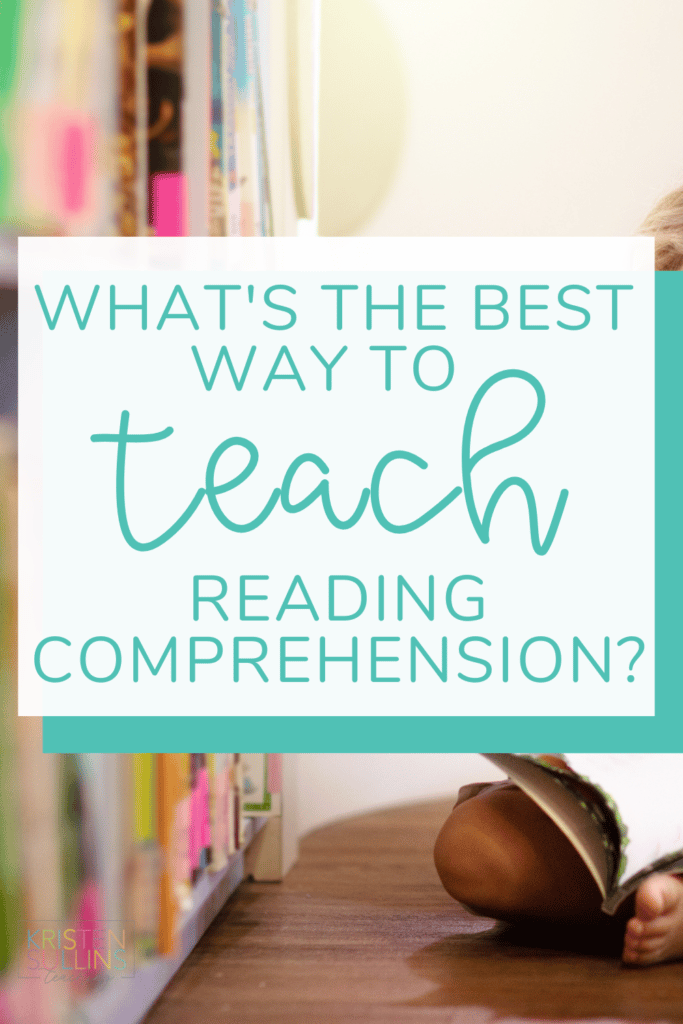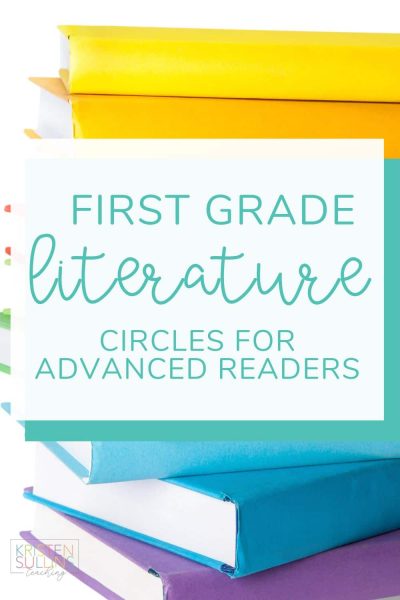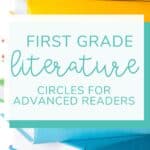Literature circles offer the perfect opportunity to support advanced first grade readers!
Thinking about those students who need an extra push?
What about your higher readers?
Hoping to hold them more accountable?
Literature circles might be what you want to do!
A lot of teachers don’t think they can do this in first grade, but I promise you can!!
As you move into your year you get a pretty good idea of where all your students are at and what it is they need.
Well, I always have a handful of students who are above where they are “expected” to be and some who are WAY above what we are working on in first grade.
These kiddos need a good push and, for me, literature circles have been the best way to do that.
And guess what?!
My students LOVE it!!
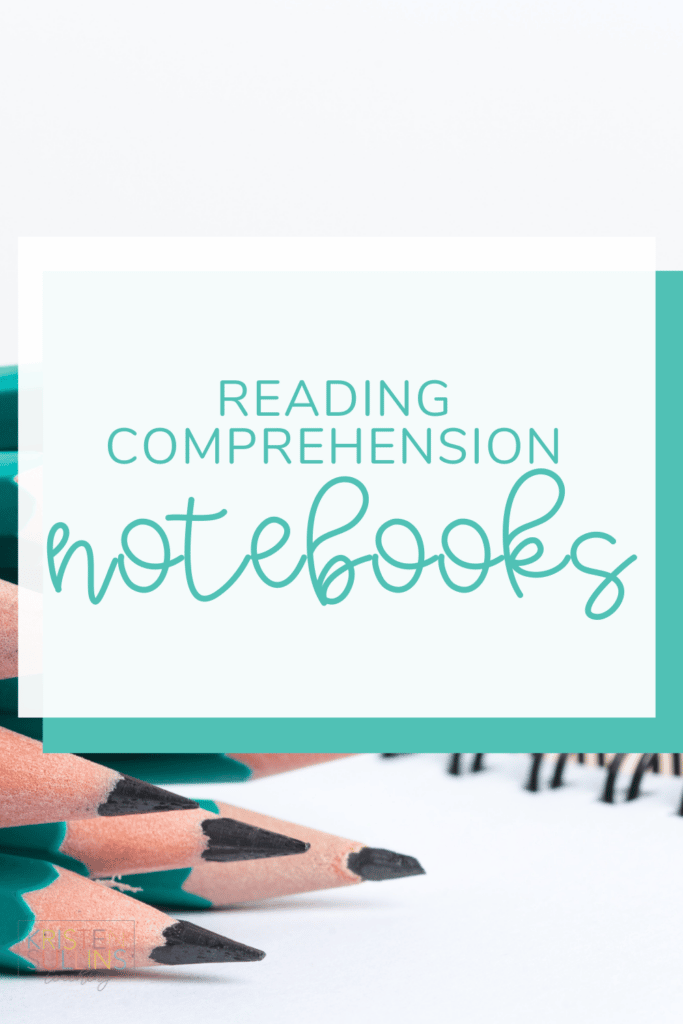
How do you Set Up a Literature Circles in First Grade?
Like everything else we do in the classroom, literature circles take structure, consistency and practice.
Students need to be taught how your literature circles are going to work and what your expectations are.
My typical reading groups include reading the text at my table, discussing it, and writing about it; but literature circles put more responsibility on my students.
They are expected to read a chapter and complete an assignment PRIOR to meeting with our group.
Now, this is still first grade so expect to continue to have discussions about responsibility when students don’t do what they are expected to.
Starting Literature Circles for First Grade
- Pick a book students will enjoy and that is at a level every member of the group can successfully read independently. I've found chapter books to work the best, but you can do some practice assignments with shorter books to get your students into the routine.
- Introduce the book to the group and identify unknown/tricky words that students may encounter. I like to add these to an anchor chart that we hang on one of my cabinets. That way students can refer to it throughout the book.
- Explain what a literature circle is and what your expectations are
- For my literature circles I include:
- You will read the assigned chapter on your own before our next meeting
- You will complete the assignment included with that chapter before our next meeting
- During each meeting you will share your insights from the given chapter and your assignment (or assigned role *see Optional Roles)
- You will respect other student’s takeaways and be a involved in group discussions
- For my literature circles I include:
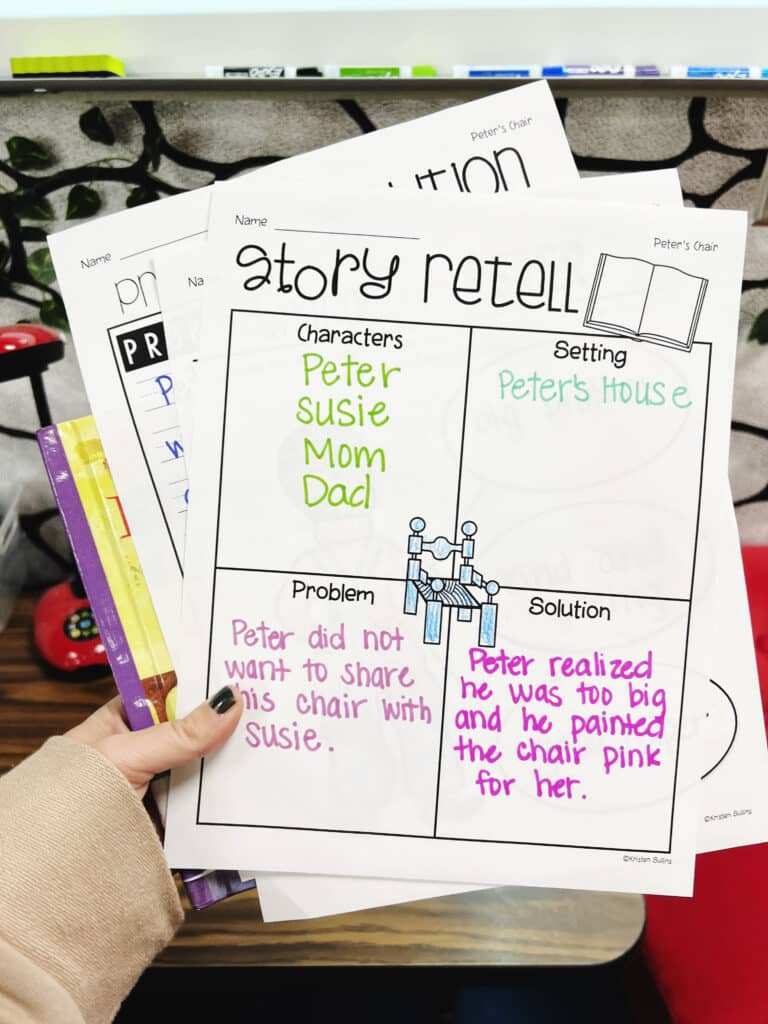
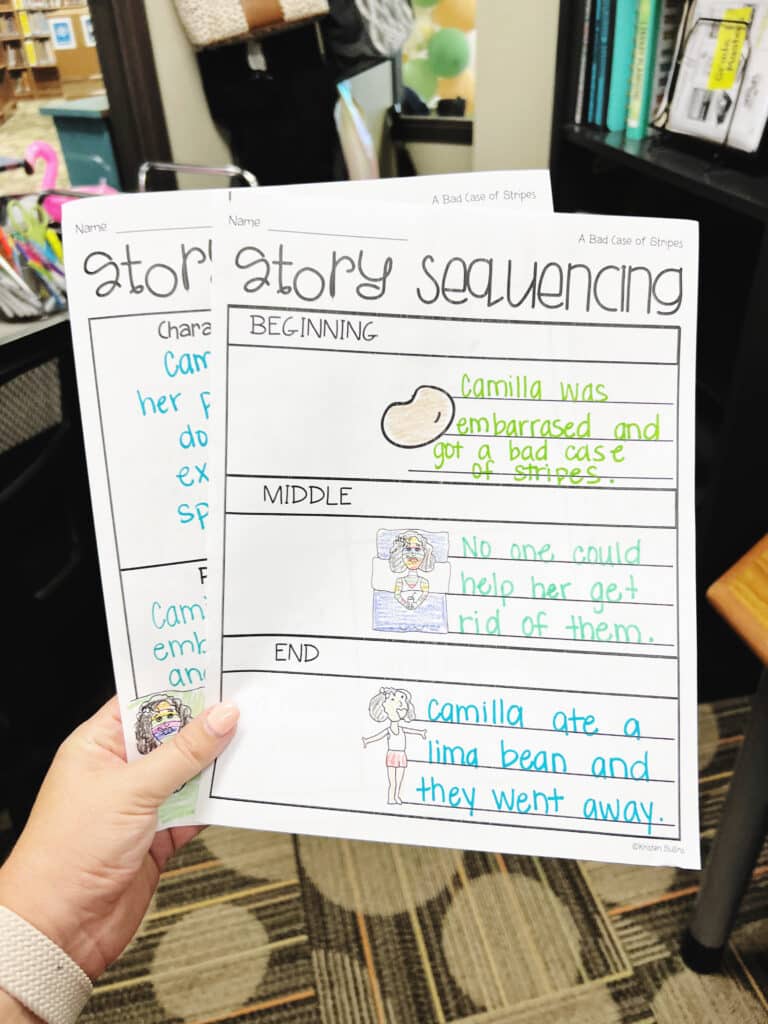
Structuring Assignments and Optional Literature Circle Packets
Over the years I’ve gone back and forth from creating a packet and just using a notebook.
Creating a literature circle packet is really nice, especially if you’re just trying literature circles for the first time.
It involves each student having their own packet (folder with brads) with assignments inside. (See more on Assignments below)
If you don’t decide to do a packet, using a notebook is just fine! I have found that it is easy to just post the assignment each day/week where students can see it.
My literature circle group has a preselected spot on my cabinets where I put up those trick words we discussed when introducing the book.
That is where I post their assignment for the chapter. They then complete the assignment in their notebooks. (More info on this below under assignments)
What if a student doesn’t do their job?
If they don’t do their job, it is hard to discuss the reading as a group. If students are not prepared to meet because they did not read the chapter (or assigned role), they are sent back to their seat to complete it.
My FIRST Literature Circle Assignment
Word investigator ~ After reading the first chapter, students identify 3 words in the chapter that were unknown words. They include the page number and the definition. They will share these words and definitions in our first literature circle meeting!
The first time you start literature circles you will need to teach your students how to use a dictionary. I have a set of 6 children dictionaries in my library students can access at any time. You will need to teach them:
- How to use a dictionary
- What to do if there is more than one definition
- Where the dictionaries are located in the classroom
** We add these words to a small anchor chart that we hang on my Literature Circle cabinet**
Literature Circle Assignments
Each book will have all these assignments, but there are different ones for each chapter. Sometimes they will complete one of these assignments and add more as the book continues. For example, they may complete the character assignment after chapter 2, but then are required to add new significant characters that are introduced. While other assignments are a one-and-done, like when I have students visualize and draw a specific event from a chapter.
If you choose to use a notebook, I usually distribute post-it’s so students can use them as markers for each section. You want to make sure students have enough pages to complete each assignment.
Here are my typical literature circle assignments:
- Word investigator (first assignment – info above)
- Characters – Name and description of characters
- Visualize – Draw setting, characters and events
- Predictions – write what you think will happen. This typically comes after students read a chapter involving the problem.
- Map it! – students map out they story using key details including setting, characters, and events
- Retell – students write a short synopsis (and he’s we call it a synopsis!) if the story ** This is the last assignment after the book is complete.
Other assignments I’ve included have been writing about any surprises, arguing a better ending and even doing a review of the book.
More Details on Literature Circles in First Grade
Optional Roles
This can be a fun way to shake up what is expected for your students and to give them a different type of responsibility! Once you have completed your first literacy group chapter book you can change the assignments into roles. Students will be given a different role (assignment) each. They would then be responsible for reading their chapters and completing their role. Then during our literacy circle meetings they would share their findings.
When a student is given a role for a book or a chapter, it is their responsibility to read that chapter and complete that specific assignment. For example, if a student is the discussion Director, they are in charge of having a solid understanding of the chapter and guiding group discussion.
They essentially are the teacher, and will be asking the other students to discuss and elaborate on their roles. The word investigator will share any unknown words and definitions that came up, the visualizer will describe and share how they visualized a specific part of the chapter with a drawing, the character friend will describe the characters and possibly share drawings of the characters, etc.
Here are some of the roles we use: word investigator, discussion director, visualizer, story mapper, character friend, story predictor, re-teller. I make sure students don’t get the same role twice and guide them through what their expectations are.
I sometimes don’t start this in book 2, it depends on the students I have and their confidence in the assignment/role requirements. There have been years where we didn’t do roles at all and just stuck to the assignments, but this can be fun!
Overall, I have found literature circles to not only be a lot of fun, but really beneficial for my students who need that extra push.
We often worry about our students who are below level or struggling (rightfully so), but we also need to make sure we are challenging our students who are meeting and exceeding expectations!
There are a lot of different ways you can structure literacy circles, but this is what I have found to work best in my classroom.
Literature Circle/Book Study Activities
This link will take you to my favorite book and author studies!
I use these read aloud companions all year long and they make the perfect literature circle “activity packets” that I mentioned earlier in the blog post to help monitor students' comprehension of the book they read!


